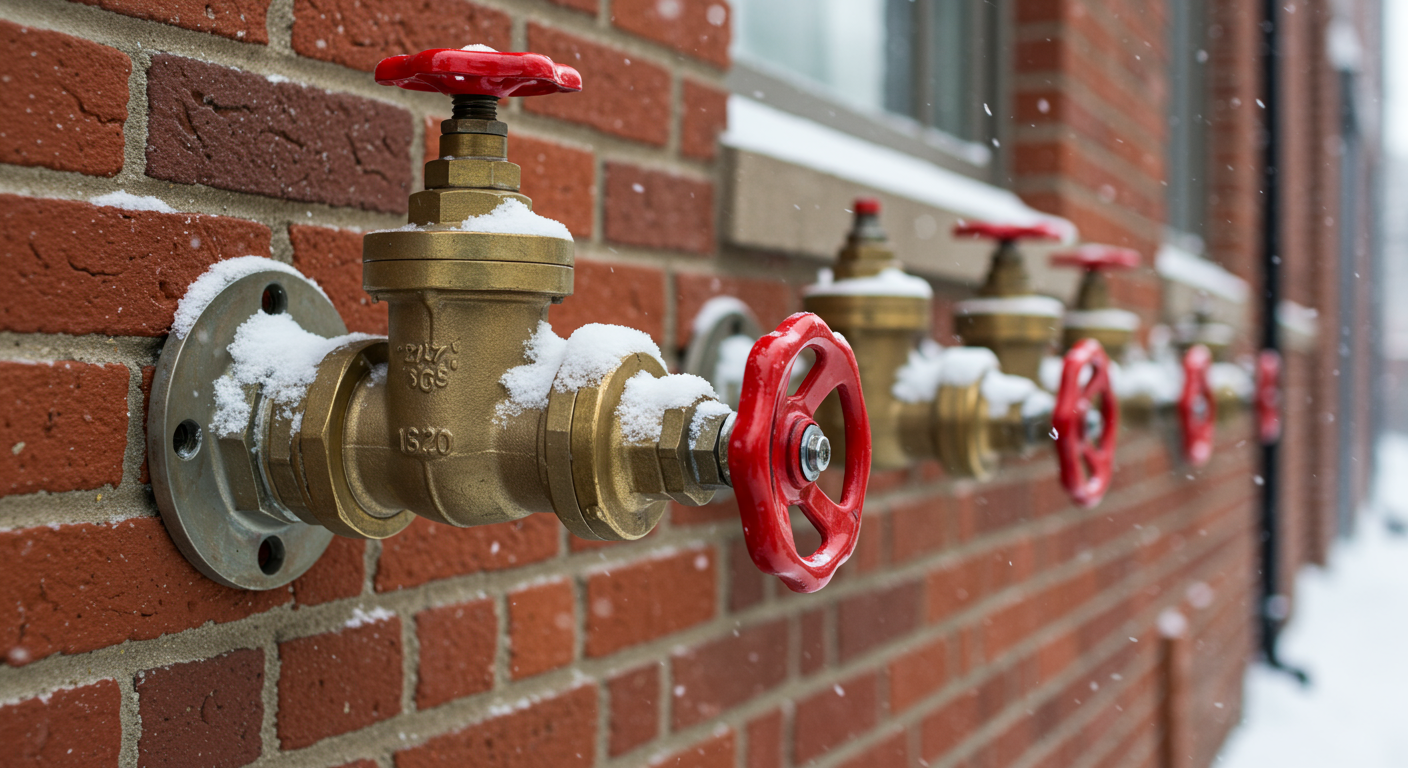How to Detect, Prevent, and Repair Water Damage during Extreme Cold Temperatures



Stay up to date on the latest real estate trends.
I pride myself in providing personalized solutions that bring our clients closer to their dream properties and enhance their long-term wealth.